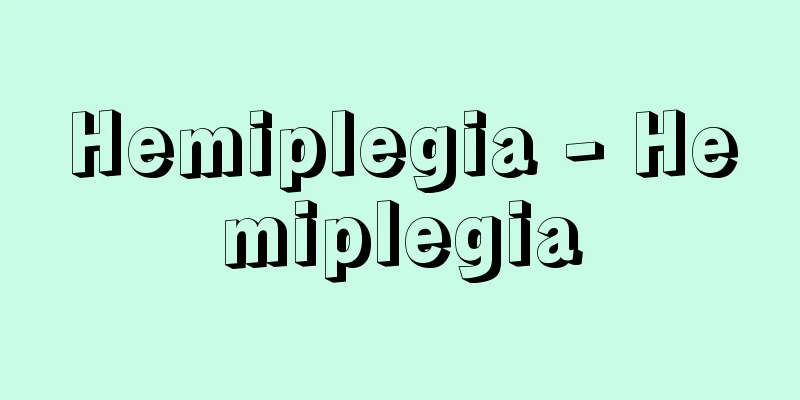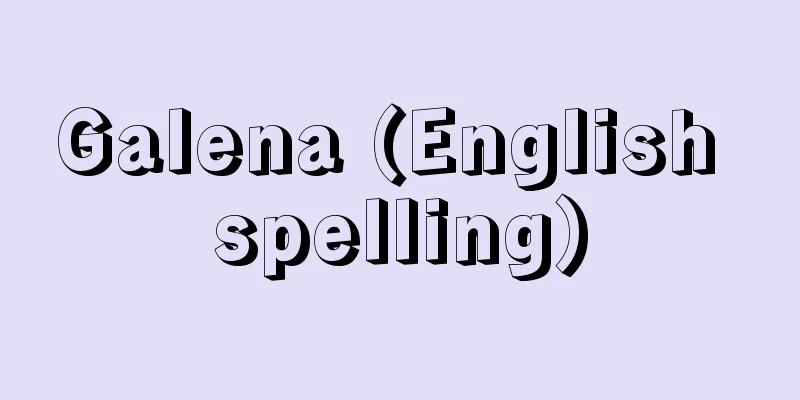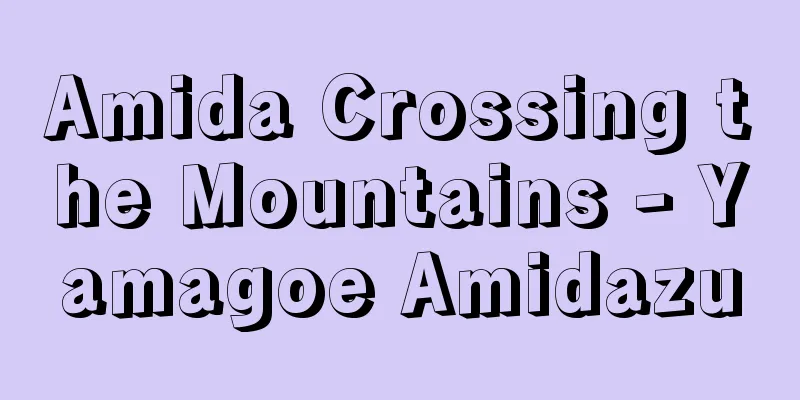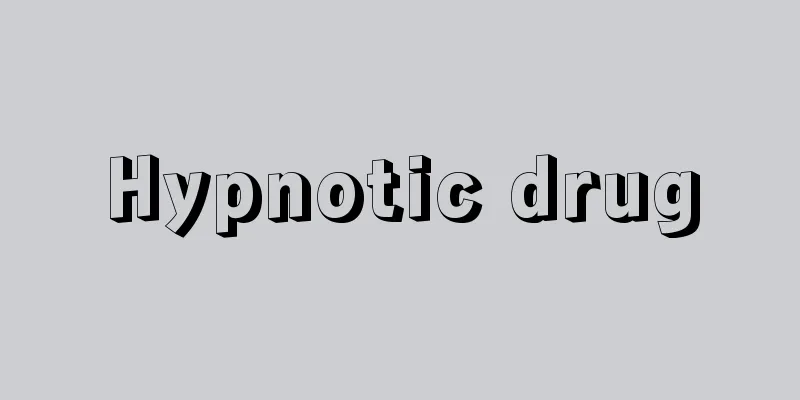Hemiplegia - Hemiplegia

|
Also called hemiplegia, it is a condition in which the muscle strength of both the right or left upper and lower limbs is reduced and movement cannot be performed. If the limbs cannot be moved at all, it is called complete hemiplegia, and if they can be moved to some extent, it is called hemiparesis. Hemiplegia occurs when the pyramidal tracts that control voluntary movement are damaged in any part of the cerebral cortex, subcortex, internal capsule, or brain stem, but in such cases, paralysis occurs on the opposite side to the damaged side because most of the pyramidal tracts cross at the border between the medulla oblongata and spinal cord. Hemiplegia is most often caused by cerebrovascular disease (cerebral hemorrhage or cerebral infarction), but can also be caused by brain tumors, multiple sclerosis, head trauma, and brain abscesses. In hemiplegia caused by damage to the internal capsule (the white matter that surrounds the lenticular nucleus from the inside), which is the most common type of cerebrovascular disease, muscle tone is reduced at the beginning of the disease (flaccid paralysis), but increases over time (spastic paralysis). Deep reflexes increase, and pathological reflexes such as the Babinski phenomenon appear. When hemiplegia becomes chronic, the upper limbs are flexed at the elbows and the lower limbs are extended at the knees and ankles (Wernicke-Mann position), and the patient walks by rotating the paralyzed limb in an arc like a sickle cutting grass (circular gait). Taking the example of treating hemiplegia in cerebrovascular disease, in the acute phase, exercise training is difficult if the limbs are fixed in a bent position at the joints due to contracture, so the upper and lower limbs are held in a good position for easy exercise training and massaged. The paralyzed limbs are first moved with the help of others, then assisted by the patient's own healthy limbs, and finally moved on their own. During the bed-free period, rehabilitation is carried out in sequence, with training in sitting, standing, walking, and activities of daily living. In some cases, prosthetic devices appropriate for the patient are made. [Shinichiro Ebihara] Source: Shogakukan Encyclopedia Nipponica About Encyclopedia Nipponica Information | Legend |
|
半身不随ともよばれ、右または左の上肢と下肢の筋力がともに低下して運動を遂行できない状態で、まったく動かせないものを完全片麻痺、多少とも動かすことができるものを不全片麻痺という。片麻痺は、随意運動をつかさどる錐体(すいたい)路が大脳の皮質・皮質下、内包、脳幹のいずれの部位で障害されてもおこるが、その際、麻痺は錐体路が延髄と脊髄(せきずい)の境界部において大部分が交差しているので、障害側とは反対側におこる。 片麻痺は脳血管障害(脳出血や脳梗塞(こうそく))によるものがもっとも多く、そのほか脳腫瘍(しゅよう)、多発性硬化症、頭部外傷、脳膿瘍(のうよう)などによるものもある。もっとも頻度の高い脳血管障害で内包(レンズ核を内方から包む白質部)が障害されておこる片麻痺では、筋肉の緊張は発症初期には低下している(弛緩(しかん)性麻痺)が、経過とともに亢進(こうしん)してくる(痙性(けいせい)麻痺)。深部反射は亢進し、バビンスキー現象など病的反射が現れる。片麻痺が慢性化すると、上肢は肘(ちゅう)関節で屈曲し、下肢は膝(しつ)関節と足関節で伸展した型(ウェルニッケ‐マンWernicke‐Mann型の肢位)をとり、麻痺肢を鎌(かま)で草を刈るように円弧状に回して歩く(円描(えんか)き歩行)。 片麻痺の治療は脳血管障害を例にとると、急性期には、拘縮(こうしゅく)によって手足が関節のところで曲がったまま固定してしまうと運動訓練がむずかしくなるので、上・下肢を先行運動訓練がやりやすい良肢位に保持してマッサージを行う。麻痺した手足は、最初は他人の手を借り、ついで自分の健康な手足で介助し、最終的には自力で動かすようにする。離床期には、坐(ざ)位、起立、歩行、日常生活動作の訓練と、順次リハビリテーションを実施する。場合によっては、患者に適した補装具をつくる。 [海老原進一郎] 出典 小学館 日本大百科全書(ニッポニカ)日本大百科全書(ニッポニカ)について 情報 | 凡例 |
>>: Gneiss - Henmagan (English spelling) gneiss, gneuss, kneiss
Recommend
Mosquito - Culicidae; mosquito
A general term for insects belonging to the Dipter...
Kaya (Thaya) - Kaya
A general term for plants of the grass family, suc...
Serdica
…In Roman times, Emperor Trajan (ruled 98-117) na...
Geochelone gigantea (English name) Geochelonegigantea
...They are called giant tortoises because the sh...
Anodendron affine (Hook.et Arn.) Druce
A climbing shrub of the Apocynaceae family found i...
Business - Gyomu
1. Continuing work related to a profession, busine...
Orbitale
…When the human head and face are viewed from the...
Johann, D. (English spelling) JohannD
...A family of late Baroque architects active in ...
Hydraulic pump - Water pressure pump
A pump for increasing hydraulic pressure. A positi...
Saint Mary's Cathedral
…In 1220, when the bishopric was moved from Old S...
Sanuki Mountains
A mountain range that stretches from east to west...
Japanese Terrier [Breed] - Nihon Terrier
A Japanese toy dog. There are two theories about t...
Mamezayatake - Mamezayatake
A mushroom of the Ascocystacean Sclerotinia order,...
Compander - Ashinki
⇒Compander Source: About Shogakukan Digital Daijis...
thunderstorm cell
...the height of a thundercloud, expressed as its...









